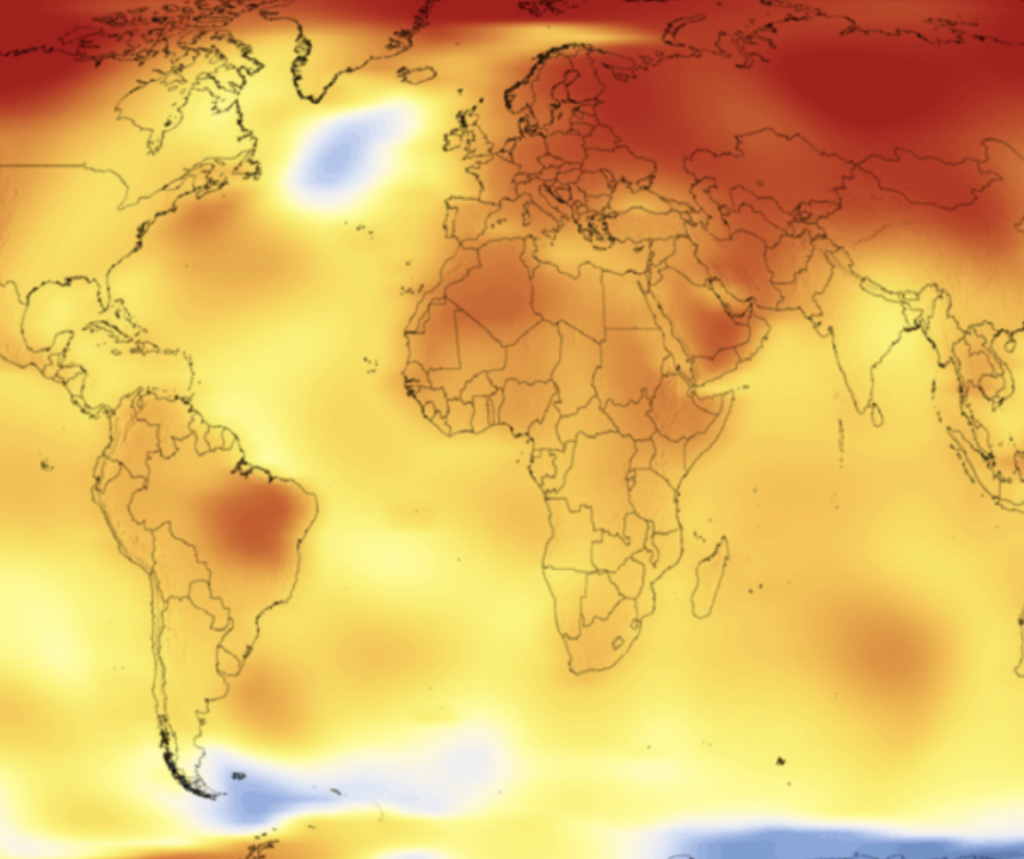‘Your carbon footprint,’ is a relatively new but incredibly important term. Twenty years ago, few would have known what this meant. But as the years have passed and the world’s growing awareness of global warming has developed, this has become a very well-used term – and for good reason.
Essentially your carbon footprint is the amount of greenhouse gases released into the atmosphere as a result of your actions and activities. This applies to individuals, households and businesses. These actions and activities include how much you use your car, the type of car, the size of your family, how often you fly, how often you use public transport, and what temperature you heat your home to. The list is very long. There are just a few points.

What are Greenhouse Gases?
Greenhouse gases are any type of gas in the atmosphere that stops heat from escaping. With regard to your carbon footprint and general climate change, the main problem gases are carbon dioxide, nitrous oxide, and methane. All contribute to global warming.
The greenhouse effect is the process by which these greenhouse gases trap heat from the sun. Keeping some heat from the sun is what makes our planet abundant with life. However, these gases cause too much heat to be trapped. The result of this is climate change – possibly the most deadly threat to human existence, and it’s happening now. Fossil fuels are natural resources and produce carbon dioxide and other gases when burnt. These include oil, coal and natural gas.
How you can reduce your carbon footprint:
1. Energy Saving Bulbs. Save around £35-£40 a year with LED/Energy Saving Bulbs. Although they cost more to buy, they use less energy and last a great deal longer than regular bulbs.
2. Lower Your Thermostat Temperature. You can save between 2-4% on your heating for each degree you drop on your thermostat and thus lower your carbon footprint. An easy way to save here is to drop the temperature 1 degree at a time and keep doing this over several days until you arrive at a temperature that you find comfortable. It could easily save 10% or more off your heating costs.
3. Cover Bare Floors – A rug is a great way to cover a bare floor and reduce heat loss. Some people do like the look and feel of a bare floor. However, it is not that energy efficient. So unless you can’t live without a bare floor, we would suggest covering it either totally with carpet or even just a rug to further lower your carbon footprint.
4. Unplug Battery Chargers – A battery charger often uses current when not in use but when still plugged in. When you are not charging a battery, simply remove it from the socket or switch it off.

5. Select Energy-Saving Appliances – Take the time to look for energy-saving appliances when the time comes to renew. EU efficiency labels score appliances from A+++ to D, the former being the most efficient. The more efficient an appliance, the cleaner it will be for the environment.
6. Dust Your Fridge – The coils fitted to the back of your fridge collect dust and, over time can become less efficient, costing you more to run and increasing your carbon footprint.
7. Wood Burning Stoves – If you have been reading our various posts and articles about stove efficiency, you will already be an expert in how to ensure the maximum efficiency of your stove.
8. Block Out The Sun – If you have air conditioning, ensure it does not need to work excessively hard and use unnecessary energy by using shades and blinds where possible.
9. Hob and Pots – Many people waste energy by cooking on a hob, which is too big for the pan. Always ensure you match the hob with the pan. This is an easy way to save energy. It also helps avoid boiling over too!
10. Reduce Your Water Temperature – Many households have their water far too hot, which is a waste. A quick and easy tip here is to reduce the water temperature in small intervals until you reach a level you are happy with (i.e the lowest temperature, which is still comfortable to use).








